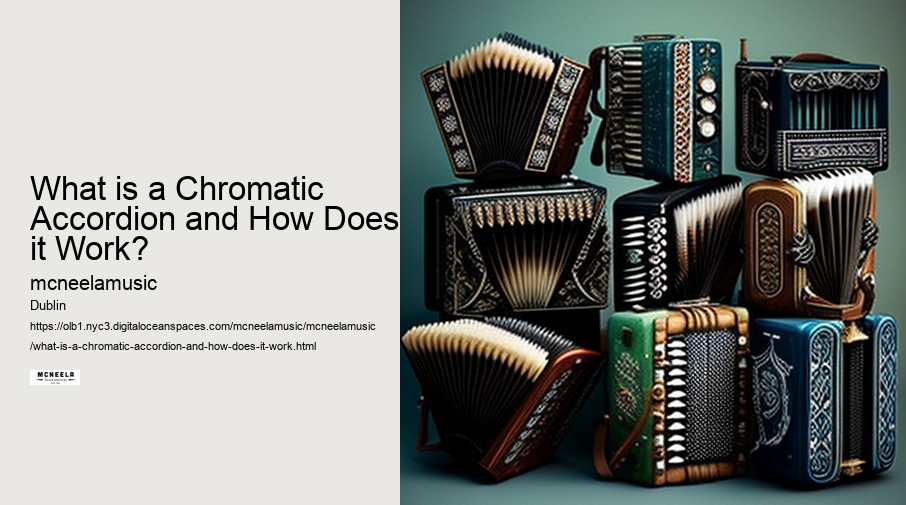Moreover, don’t forget about microphone placement! You'll need to find different spots around the accordion where you can capture its true sound effectively. This makes it much easier to play different styles of music, as well as add effects such as reverb and delay. If you intend on playing multiple genres, then look for something versatile that could offer both nuance and versatility. (Though it may cost more). It's imperative that musicians understand how rhythm works in order to effectively convey their ideas through music.





